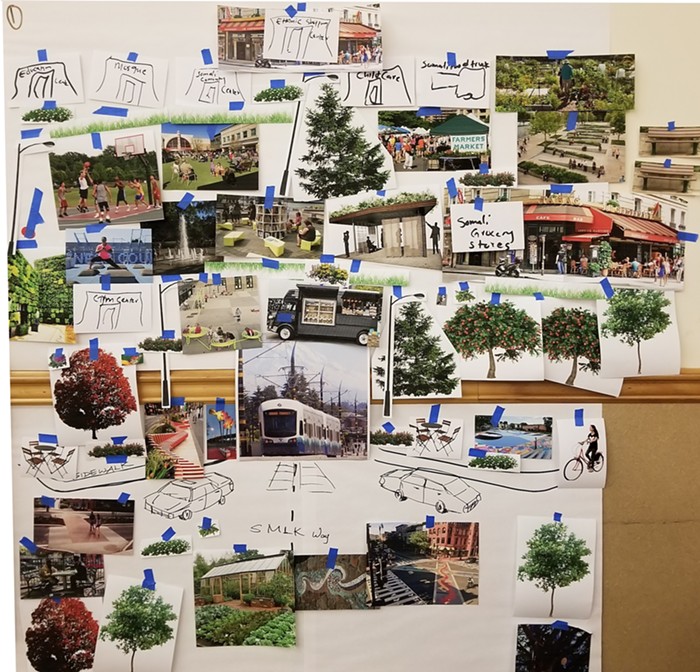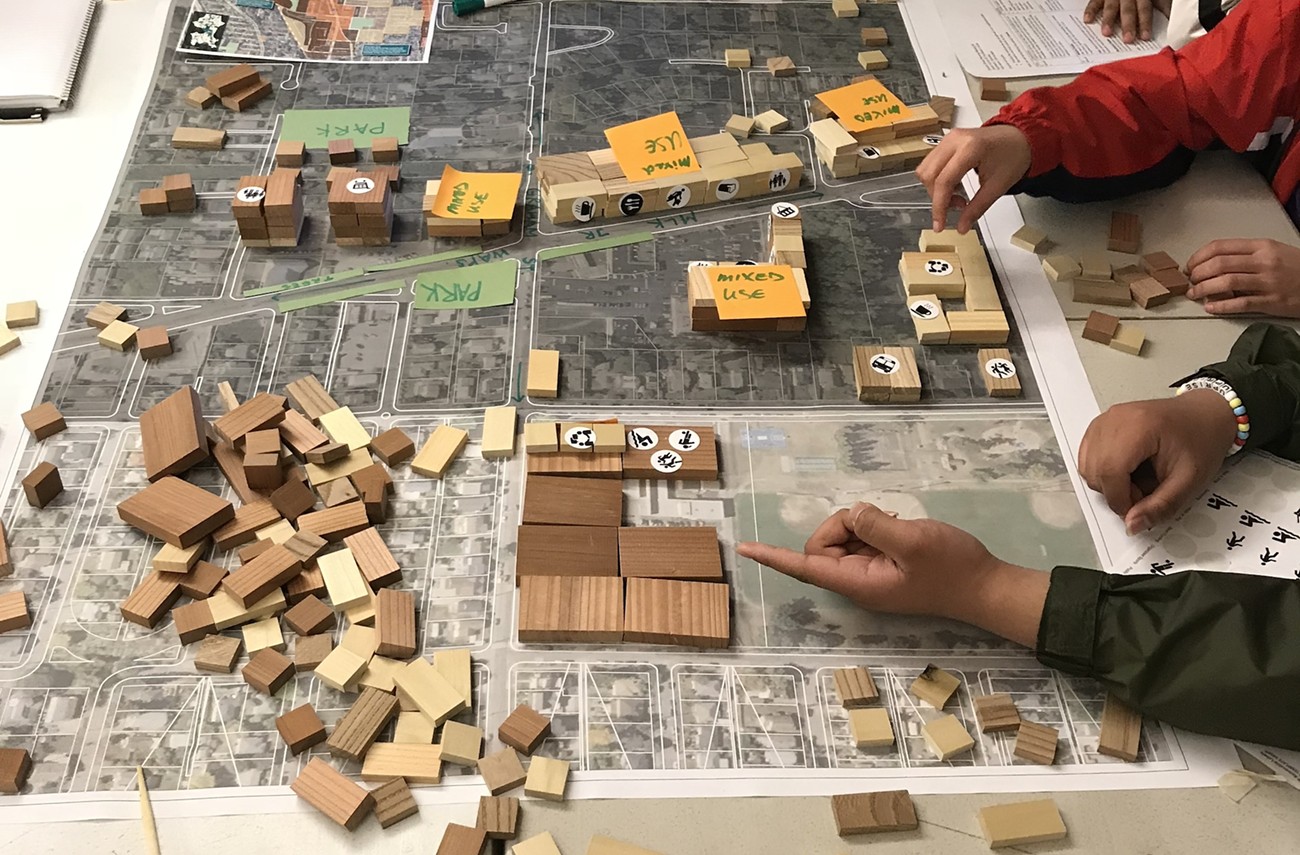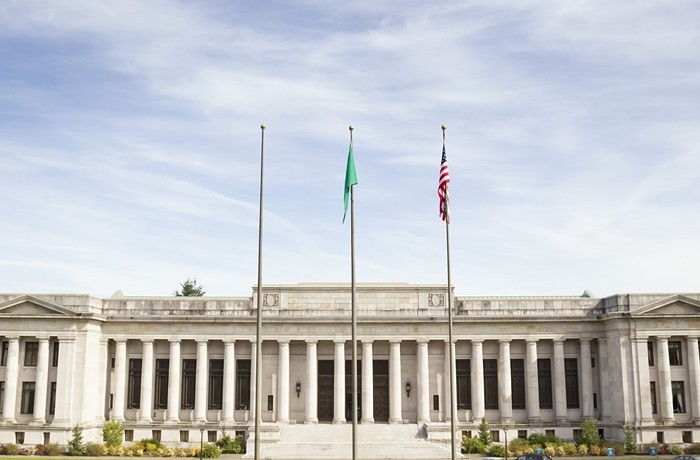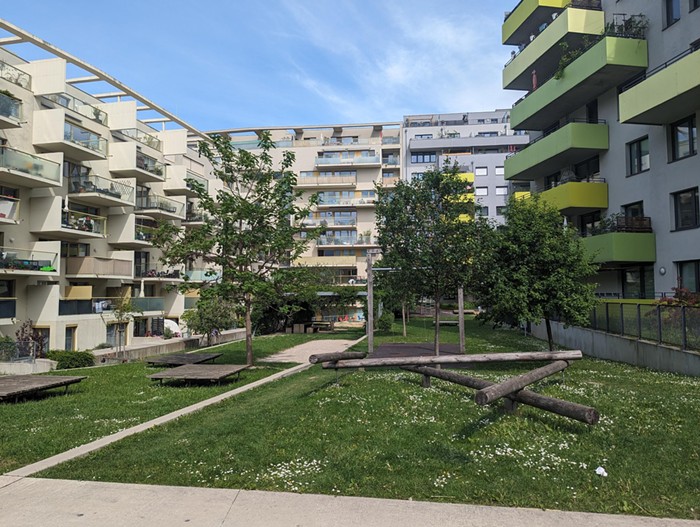The Levy to Move Seattle, a property tax put to voters every eight years, presents an opportunity for Mayor Bruce Harrell and the Seattle City Council to set things right in our communities by funding $30 million for land acquisition and community-led planning as we prepare for construction of new light rail stations in our neighborhoods.
What does land acquisition have to do with transportation? Within the lifespan of this levy, Sound Transit plans to build a light rail station at Graham Street in the Rainier Valley and two stations serving the Chinatown/International District. These are significant investments in both areas that are long overdue. However, the City needs to work with the communities to ensure they are not negatively impacted by them and remain true to the theme and goals of Seattle’s comprehensive plan, One Seattle, and the Seattle Transportation Plan.
A shared goal of both the comprehensive and transportation plans is helping communities remain rooted in their neighborhoods. Graham Street and the C/ID are both neighborhoods where community priorities have been ignored for decades and are both at high risk of displacement.
The funding would address this goal by working with the communities to buy land now for family-centric, affordable, workforce housing and other community-led developments. It would also be good for the prospects of the transportation levy passing. Recent polling showed that 55% of voters would be more likely to vote yes on the transportation levy if this priority was included.

We know that light rail and transit expansion often leads to gentrification in Seattle, displacing the very people who were supposed to benefit from the expansion in the first place. The deep irony is that those of us most at risk of displacement use public transportation far more than the higher-wage earners who displace us from our neighborhoods. As our communities are displaced, transit will receive less ridership, affecting both Sound Transit and SDOT’s bottom line, as well as the City’s climate goals to increase public transit ridership.
In preparation for the stations, our communities have put together clear visions to prevent transit-related displacement. In 2018, the Graham Street community action team (Graham Street CAT), representing ten BIPOC-led organizations in the Graham Street area, developed a clear vision and plan to prevent displacement of our communities.
Through research, community-wide planning sessions, surveys of businesses, tenants, and homeowners, and listening sessions with our own members, we identified key assets in our neighborhood that are at risk of displacement. We estimate that we need to acquire at least 10 acres of land in the neighborhood to develop enough senior and affordable housing, cultural facilities, and community-serving businesses to anchor our community for generations to come.

In the Chinatown/International District, our community fought hard for Sound Transit to build two light rail stations north and south of the C/ID rather than the regional proposals at 5th Ave or 4th Ave that would deeply disrupt our community. These new stations are a once-in-a-generation opportunity to cement Seattle’s legacy in leading the way through Equitable Transit Oriented Development (ETOD) by working with our C/ID community to acquire land that will keep people housed, culturally represented, and remain in place. The Seattle City Council has the opportunity to bring growth without displacement to one of the most disenfranchised and underinvested communities in Seattle.
The City has already spent significant energy and time developing a strategy around equitable transit-oriented development. The transportation levy is an opportunity to put the funding behind it. The Council could do so by increasing the overall package to the $1.7 billion that advocates are demanding; polling shows that voters would approve a transportation levy up to $1.9 billion. Council could also prioritize funding for our communities from the existing proposal. Providing $30 million for our communities to continue our work and implement solutions that address displacement neighborhood-wide would be a small stride toward a more equitable proposal. It is also a chance for the Council to make a bold investment in a strategy to keep communities in place, taking us one step closer to a Seattle that is vibrant, equitable, and diverse.
Karen Sataka is a born-and-raised Seattle resident of over 70 years and the owner of Bush Garden Restaurant and Bar. She is an activist and organizer with the CID Coalition and organizes for a thriving city where people from all economic, cultural, and religious backgrounds can live side by side, valuing the richness in the diversity of all its residents.
Hieu Tran is the President of The Vietnamese Buddhist Community, Co Lam Temple, and a member of the Graham Street Community Action Team.
Slayman Appadolo fulfills multiple roles for the Cham Refugees Community as a project assistant, leading other real estate development efforts for the organization, and a member of the Graham Street Community Action Team.



















